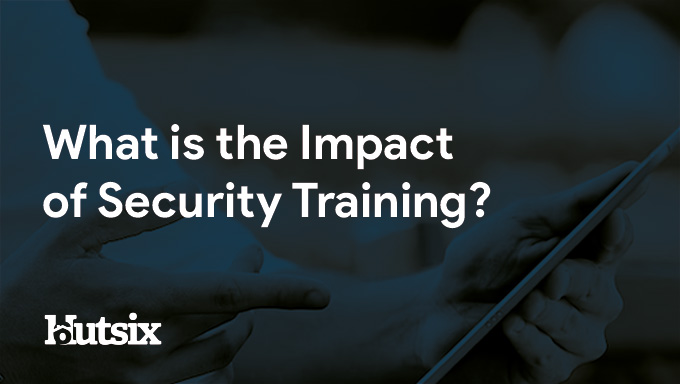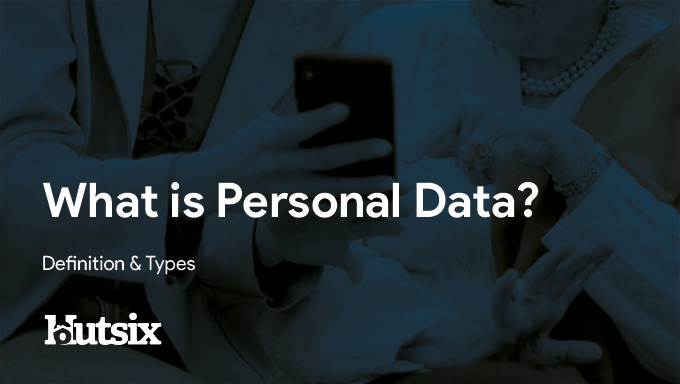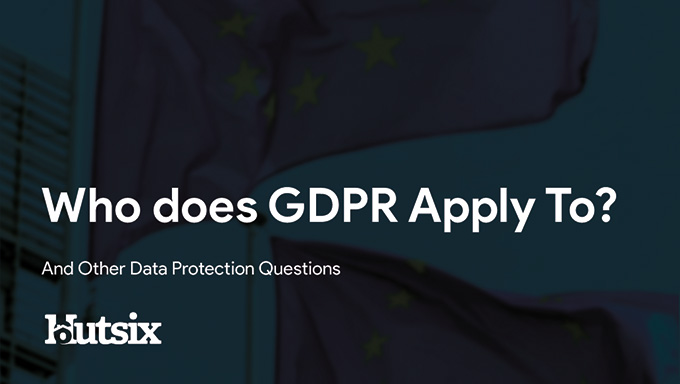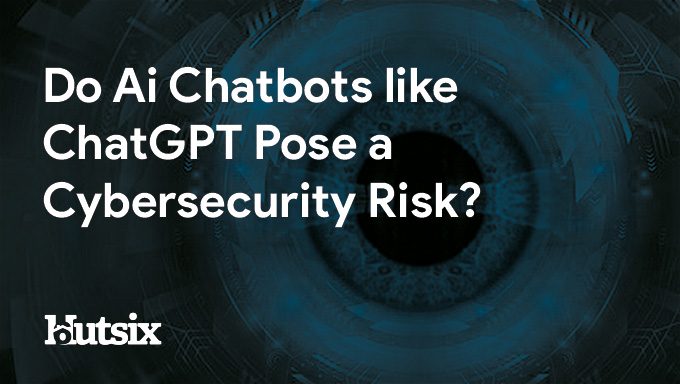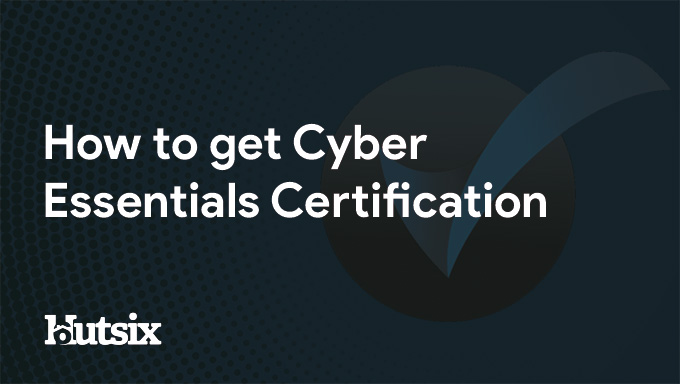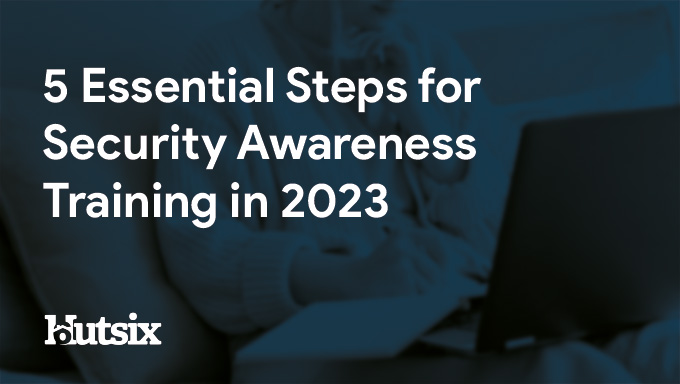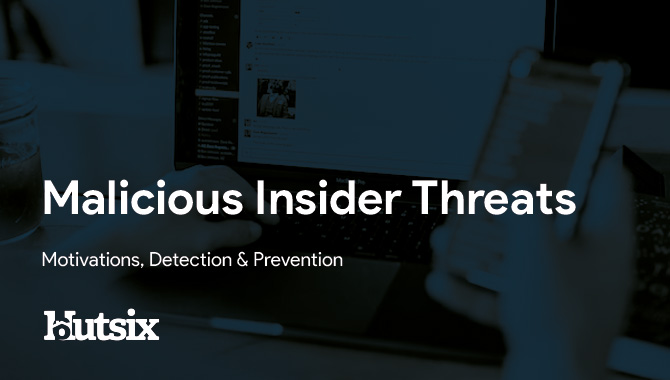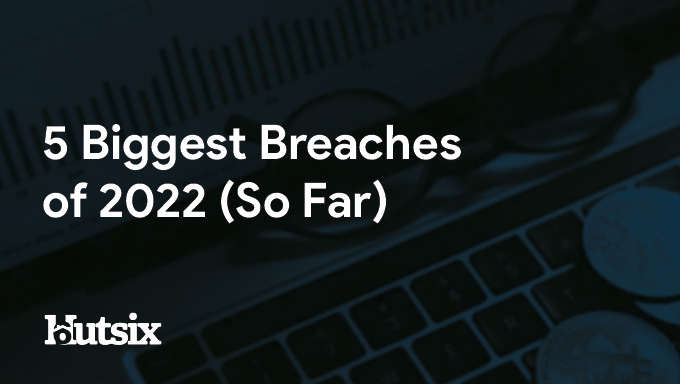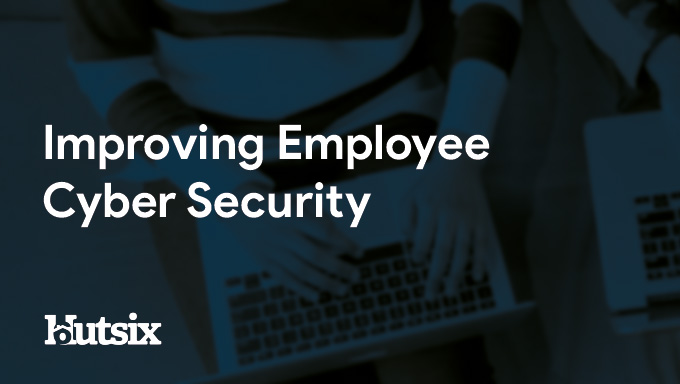Tailored Security Awareness Training
Let's be honest. Most people don't love training. Especially when it feels like it has nothing to do with them. You click through the slides, tick the boxes, then go back to your real work. Sound familiar?
Here's the thing: generic security awareness training might tick compliance boxes, but it doesn't stick. And when people aren't engaged, mistakes happen. Clicks on phishing emails. Weak passwords. GDPR slip-ups. It's not that your people don't care, it's that the training doesn't feel relevant.
That's where tailored security awareness training makes all the difference. When content speaks to real-world risks, in your specific environment, people start paying attention. And when it's short, sharp, and actually enjoyable, they keep coming back.
In this guide, we'll explore how customised, role-based training helps organisations like yours build stronger habits, meet compliance goals, and reduce risk without resorting to scare tactics. Because the best security starts with people, and people learn best when it feels personal.
Why Tailoring Matters in Security Awareness
What do we mean by "tailored"?
Tailored security awareness training isn't just about slapping your logo on a slide deck. It means shaping the content to reflect your people, your risks, and your business goals. It's the difference between saying, "Here's how phishing works," and saying, "Here's how someone might phish your payroll team next month." That's when ears perk up.
The more relevant the material, the more likely it is to land, and stick.
The real risk of generic training
Let's call it what it is: most off-the-shelf training is forgettable. It's built to work for everyone, so it rarely works for anyone. When users sit through the same stale examples every year, they tune out. And once they tune out, behaviour doesn't change.
That's not just frustrating. It's dangerous. Because security gaps often start with disengaged employees. Not out of malice, just boredom.
A human-first approach
Your people aren't the weakest link. They're your strongest defence, if you train them well. That's why a human-first approach matters. When training reflects their roles, routines, and risks, users stop seeing it as a chore and start seeing it as support.
At Hut Six, that's the whole idea. Whether you're training frontline workers or finance leads, we help you build awareness that makes sense to your world, and actually works in practice.
Mapping Training to Roles, Risks, and Regulations
Different roles, different risks
Think about it. A systems administrator handles sensitive access controls. A marketing assistant might manage a company-wide social media account. And your CEO? They're a walking target for business email compromise. So why would they all get the same security awareness training?
Tailoring by role isn't a luxury. It's essential. When people learn about the threats that match their day-to-day responsibilities, they're more likely to recognise risks and respond appropriately. It's a smarter way to build real-world defences, one team at a time.
Aligning with standards like ISO 27001 and GDPR
Compliance isn't just about ticking boxes. It's about protecting your organisation from legal, financial, and reputational damage. Standards like ISO 27001 and GDPR explicitly call for appropriate security training, and that doesn't mean copy-pasting a 2016 PowerPoint.
Tailored training helps demonstrate that you're doing more than the bare minimum. You're building a security culture. You're embedding awareness into the roles that matter most. And when auditors come calling, that matters.
Real-life relevance
It's not about scaring people. It's about giving them tools they can actually use. If your training walks a helpdesk agent through how a ticket-based phishing attempt works, they're going to remember it. If it shows legal staff how a GDPR breach might play out in contract review, that's time well spent.
The closer training feels to everyday life, the more likely your people are to act when it counts.
Read More: Security Awareness Training for Public Sector Employees
Tailoring Doesn't Mean Starting from Scratch
Use what works, tweak what doesn't
Customised doesn't have to mean complicated. You don't need to build your security awareness training from the ground up. In fact, starting with a solid foundation, like Hut Six's professionally designed modules, gives you the best of both worlds: high-quality content with room to make it your own.
You might adjust terminology to match your internal lingo. Or swap in examples from your industry. Maybe you highlight a real (anonymised) incident your team faced last year. That's where the magic happens. Suddenly, training doesn't feel generic. It feels real.
Leveraging your existing tools
The smoother the delivery, the better the results. If you've got an LMS (Learning Management System), no problem, Hut Six integrates right in. Single sign-on? Covered. You can assign role-specific content automatically and track engagement from a central dashboard. No juggling systems. No guesswork.
Tailored security awareness training isn't about doing more work. It's about doing the right work, with tools that make it easy to scale.
The Power of Phishing Simulations in Personalised Learning
Phishing tests, but make them useful
Most people know what phishing is. But when a slick email lands in their inbox, with just the right branding and tone, it's easy to slip. That's why simulated phishing isn't about catching people out. It's about preparing them for the real thing.
Hut Six's phishing simulator runs multi-stage campaigns that track opens, clicks, and submissions. But here's the clever bit: if someone falls for it, they get instant, in-the-moment training. A quick explainer. A real-life lesson. No shaming, just learning.
Ethical and educational, not punitive
You don't build trust by punishing mistakes. You build it by helping people learn from them. That's why our phishing simulations are designed to be constructive. They're private, respectful, and focused on building confidence.
Because when people feel safe to fail, they're more likely to learn. And when they learn, they get better at spotting threats, fast.
Measuring improvement over time
Phishing simulations aren't just a one-off test. They're an ongoing training tool. And the data they provide? Gold dust. You can track who's engaging, where the weak spots are, and how different teams are progressing. Over time, patterns emerge, and you can adjust your strategy accordingly.
That's the power of tailored learning: it grows with your organisation, one click at a time.
Read More: Why Phishing Simulations Still Work
Building a Security Culture, One Lesson at a Time
Culture isn't built in a day
Let's be honest, most security cultures don't crumble because of one big breach. They slip, quietly, through little moments. A forgotten password. A rushed email. A skipped training. That's why consistency matters more than perfection.
Short, engaging lessons, like Hut Six's 5 to 10-minute modules, help keep security top of mind without dragging staff away from their real work. Over time, these bite-sized nudges start to shape habits. It's not dramatic, but it works.
Read More: Top 10 Tips for Effective Online Security Awareness Training
Training your people, not just your policies
Policies don't stop phishing emails. People do. But only if they feel like they're part of the solution. Tailored security awareness training doesn't just push out information, it shows your team that they matter, that their actions count, and that the organisation is investing in their success.
It's a cultural shift. From compliance to confidence. From fear to ownership. And it starts with training that fits the people you've hired, not just the paperwork you've filed.
Start Where You Are, But Make it Yours
You don't need to reinvent the wheel
Tailoring your security awareness training doesn't mean starting from zero. It means starting smart. Use strong, flexible content, then shape it around the people who make your organisation tick.
Your risks aren't identical to anyone else's. Neither is your culture. So why settle for something that treats you like just another name on the list?
With Hut Six, you can build a training programme that feels like it was made for you, because it kind of was. Whether it's aligning with GDPR, reinforcing ISO 27001, or simply helping your staff spot smarter scams, tailored training puts people at the centre of your security strategy.
Ready to make it yours?
Explore our interactive courses, run a phishing simulation, or book a demo with our team. No pressure, just the next step towards training that works.
Security Awareness for your Organisation
Enjoyed our blog? Learn more about how Hut Six can help improve you security awareness with training and simulated phishing. Start a free trial now, or book a meeting with one of our experts.
Featured
What is the Impact of Security Awareness Training? - Hut Six
Discover the Impact of Security Awareness Training: Prevent breaches, foster culture, & build trust.
What is Personal Data?
Learn about personal data, its types, and significance in data protection. Explore general and special category data, as well as pseudonymised and anonymised data under the GDPR.
Who Does GDPR Apply To?
Who Does GDPR Apply To? And Other Data Protection Questions/ Information Security blog by Information security awareness provider Hut Six Security.
Does ChatGPT Pose a Cybersecurity Risk
In this blog post, we explore whether AI chatbots like ChatGPT pose a cybersecurity risk. We delve into the potential vulnerabilities and threats posed by chatbots, and discuss measures that can be taken to mitigate these risks. Read on to discover how you can ensure the security of your organisation's chatbot interactions.
How Do I Get Cyber Essentials Certified?
Learn how to obtain Cyber Essentials certification and enhance your organization's cybersecurity posture with our comprehensive guide. Our expert insights will help you navigate the certification process to meet the requirements for Cyber Essentials.
Essential Steps for Security Awareness Training
Starting a security awareness training campaign? Here are 5 essential steps to help ensure information security success.
Malicious Insider Threats - Meaning & Examples
Malicious insider threats can cause massive problems. Here we examine some of the motivations behind attacks and methods of detection organisations can use to reduce risk.
5 Biggest Breaches of 2022 (So Far)
Five of the biggest and most significant data breaches, hacks, and information security attacks of 2022 (so far).
Auditing for GDPR Compliance
Questions to consider when auditing your business or SME for General Data Protection Regulation (GDPR) compliance.
Improving Employee Cyber Security
With human error responsible for many breaches and attacks, we offer some helpful areas for improving employee security compliance.



